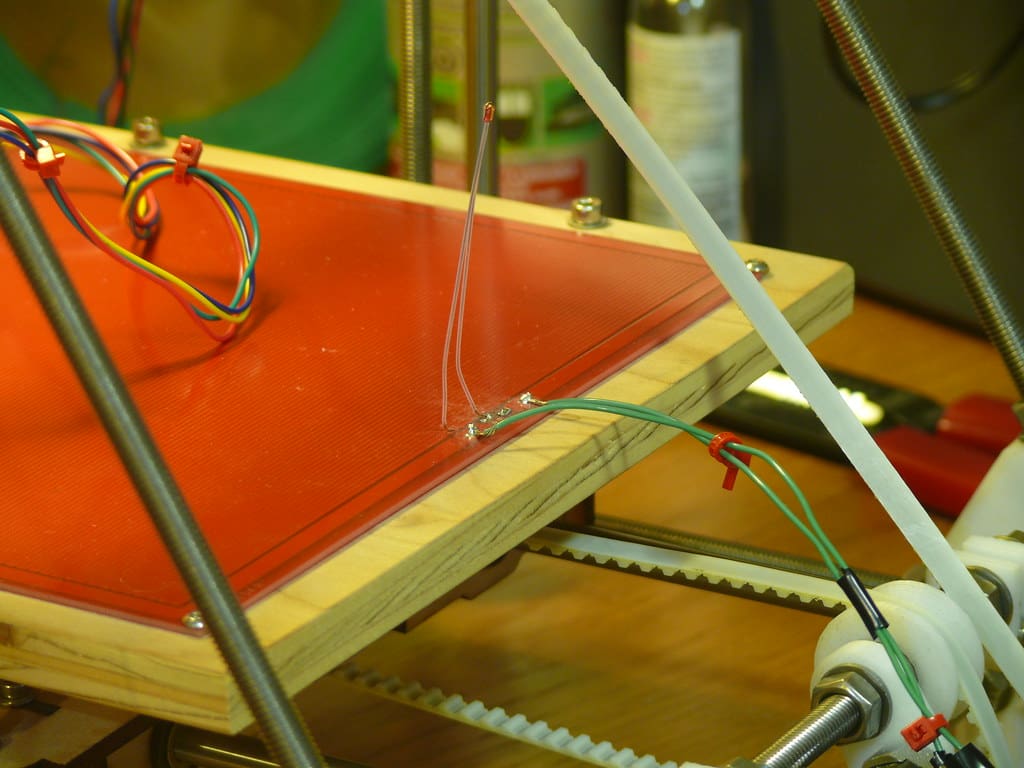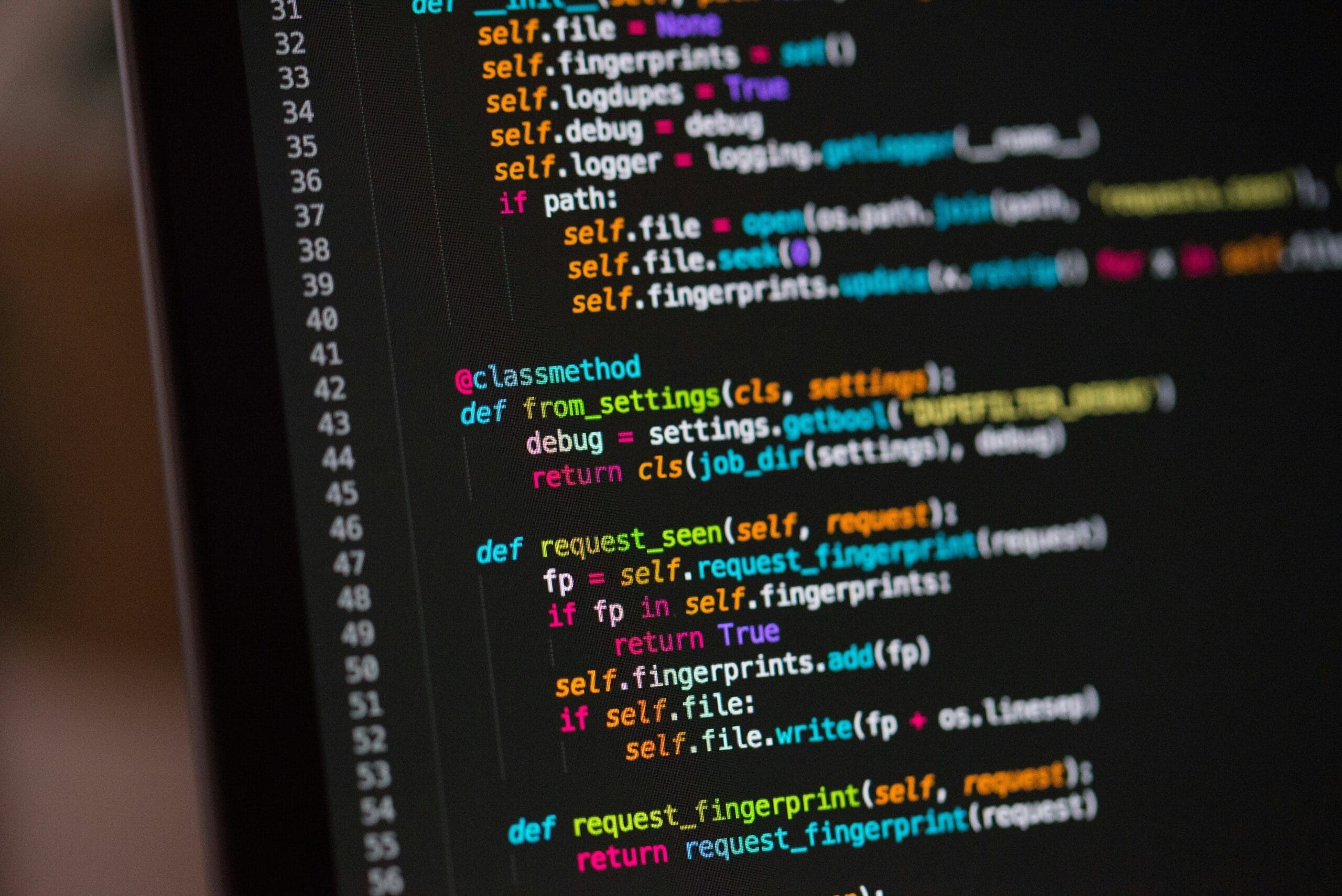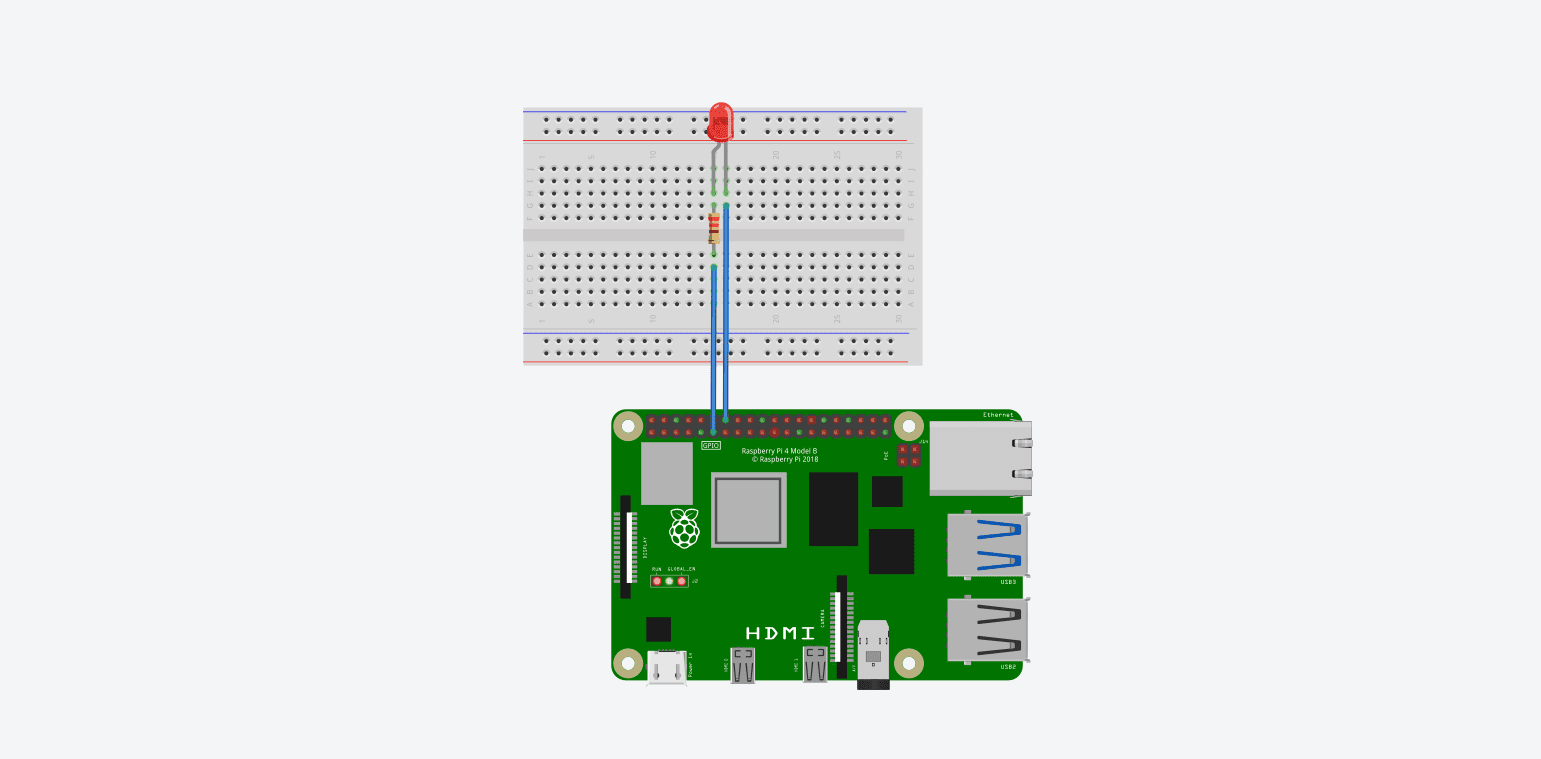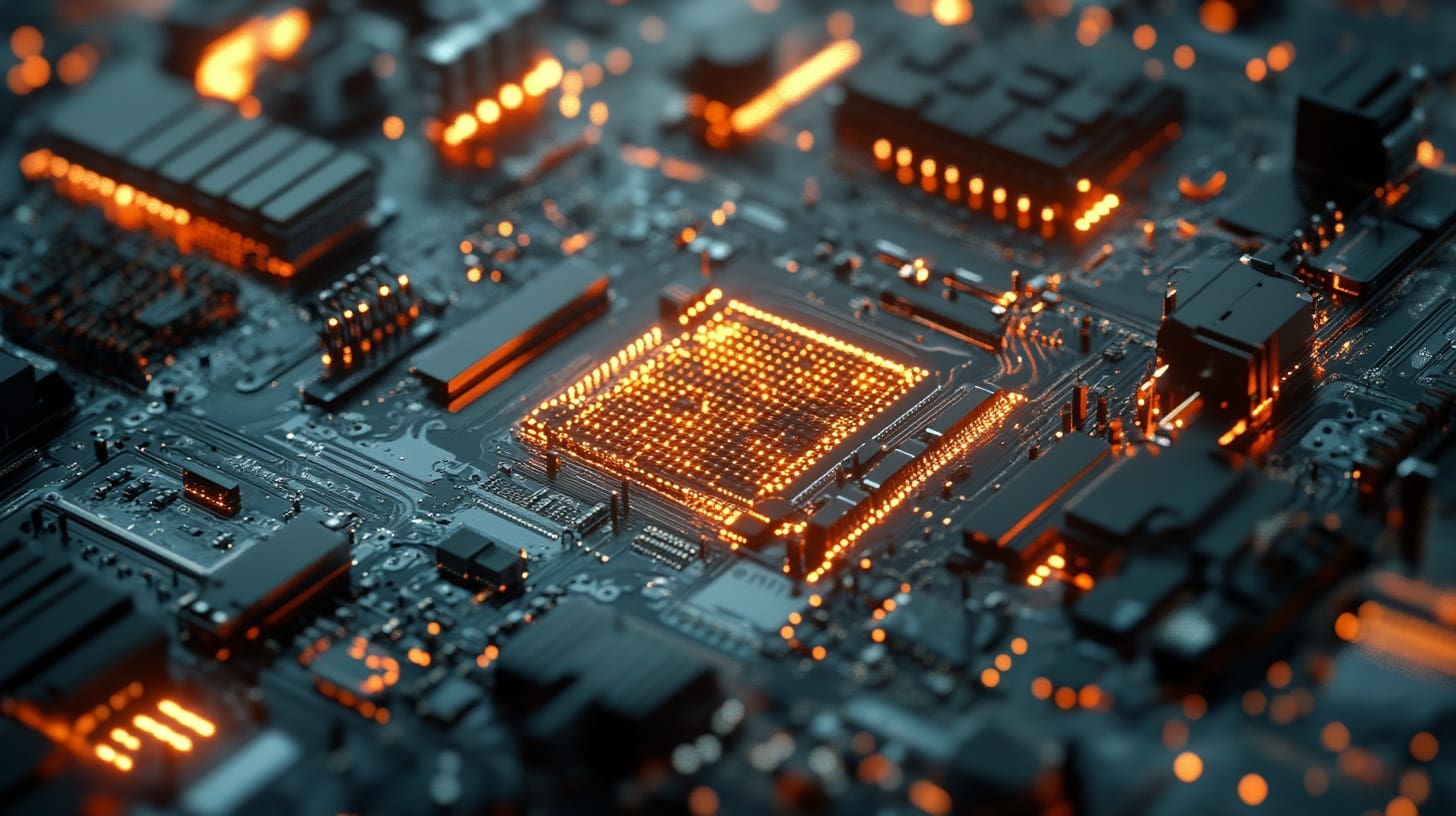The heating system in a 3D printer is crucial for processing various printing materials, particularly in technologies such as Fused Deposition Modeling (FDM) and Stereolithography (SLA). This system encompasses several components that manage the temperature necessary for melting filament or curing resin. This article delves into the significance, components, and functionalities of the heating system in 3D printers, illustrating its impact on print quality, efficiency, and material versatility.
Importance of the Heating System in 3D Printing
Material Compatibility: Different materials require specific temperatures to properly melt or cure. The heating system allows printers to accommodate a wide range of materials, from common plastics like PLA to more complex composites and resins.
Print Quality: Proper temperature control ensures smooth material flow and proper layer adhesion, reducing issues such as warping, stringing, or incomplete curing, which are critical for achieving high-quality prints.
Speed and Efficiency: An efficient heating system can significantly reduce the time it takes for the material to reach the optimal processing temperature, thereby speeding up the overall printing process.
Consistency: Maintaining a consistent temperature throughout the print is essential for uniformity, especially for large or complex prints that take many hours to complete.
Components of the Heating System in 3D Printers
Heating Elements: In FDM printers, these elements are typically found in the print bed and the extruder’s hotend. In SLA printers, UV lamps or lasers provide the necessary light to heat and cure the resin.
Thermal Sensors: Thermistors and thermocouples are used to monitor temperatures at various points of the printer to ensure they remain within preset thresholds for optimal material handling.
Temperature Controllers: These electronic components regulate the power supplied to the heating elements based on feedback from the thermal sensors, maintaining a stable temperature throughout the printing process.
Insulation: Proper insulation around the heating elements prevents heat loss, ensuring energy efficiency and safety. It also helps maintain a controlled environment within the printer.
Types of Heating Systems in 3D Printers
Cartridge Heaters: Used in the hotends of FDM printers, these cylindrical heaters provide a concentrated source of heat to quickly melt the filament. They are known for their fast response time and precise temperature control.
Heated Beds: Often made of aluminum or glass, heated beds provide a warm surface that helps the first layers of the print adhere better and reduce warping. Beds can be heated using silicone heating mats or embedded heating elements.
UV Lamps and Lasers: In SLA/DLP printers, UV lamps and lasers are the primary heat sources used to cure liquid resin into solid plastic. These systems require precise control to ensure that the resin cures evenly and with the correct properties.
Infrared Heaters: Some advanced 3D printers use infrared heaters to provide a more uniform heating solution across the print bed or to reduce the heating time.
Installation and Maintenance of Heating Systems
Installation Accuracy: Proper alignment and installation of heating elements are crucial to ensure even heating and to avoid hotspots that can cause material degradation or fire hazards.
Regular Maintenance: Heating elements and sensors should be checked regularly for signs of wear or damage. Replacing or repairing these components promptly helps prevent failures during printing.
Calibration: Regular calibration of thermal sensors and temperature controllers is necessary to maintain accuracy. This may involve using external temperature gauges to verify internal readings.
Cleaning: Keeping the heating elements and surrounding areas free from debris and filament residues ensures optimal performance and prevents potential fire hazards.
Challenges and Solutions
Temperature Fluctuations: Environmental factors can affect the performance of heating systems. Installing enclosures can help stabilize the internal temperature, especially in colder or drafty environments.
Energy Consumption: Heating systems can be energy-intensive. Using printers with energy-efficient designs, such as improved insulation or automatic temperature reduction when idle, can help reduce operational costs.
Safety Concerns: High temperatures pose safety risks. Features such as automatic shut-off mechanisms when open or malfunctioning and protective covers over hot components can enhance safety.
The heating system is a fundamental component of any 3D printer, impacting everything from material compatibility and print speed to quality and safety. Understanding the intricacies of the heating system—its components, maintenance, and optimization—is vital for anyone involved in 3D printing. Proper management of the heating system not only ensures efficient and safe operation but also significantly improves the quality and consistency of the prints. By mastering the heating system, users can push the boundaries of what their 3D printers can achieve, unlocking new possibilities in 3D printing applications.








